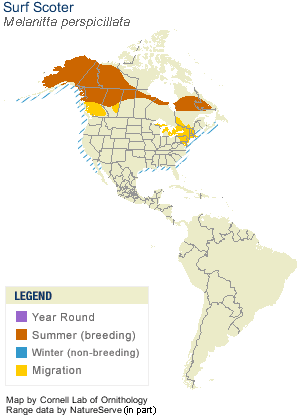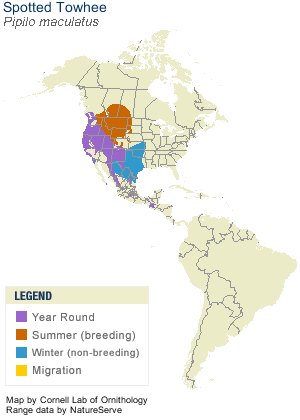(A true story about my strangest day of birding at the Granite Reef Recreation area along the Salt River near Mesa, AZ at the foot of the aptly named Superstition Mountains)
As if being woken by a nightmare
I vaulted from my bed
Before a Saturday sunrise
With birding lust in my soul
I was compelled, if not hypnotized to go
Leaving my beautiful bride and brood in bed at home
Foreboding of a strange and mysterious birding day.
Steamy night mist still clung about
As I strolled the river bank
Then a sliver of sun peeked over the mountain
Transforming the clouds so dark
Into eerie pumpkin and plum
The mist rushed into the rushes
And disappeared with the masked-faced Sora.
Hunchbacked Night Herons
Stared down ominously from above.
Cloaked with blackened hoods
Piercing sangria eyes
Demon gargoyles guarding, silently watching.
A warning perhaps
Dare I venture on?
A rustling sound in the bushes ahead
Perhaps a warbler or towhee I’d see
I crept and approached with sneaky stealth
Only to find two lovers
Bodies intertwined in passion
Their expectation and mine of solitude
Broken and violated.
I fled the other way.
A looming large dark figure
Roosting in a mesquite grove
Summoned me to come forth
 I crawled on hand and knee
I crawled on hand and kneeAnd knelt at the base of the tree
Awed to be so close
To see its naked head
And gnarled beak
The stench was nauseating
Yet it was first to vomit
A hairy black mass
Covered in yellow-green slime
Passing inches from my face
The revolting pile landed at my feet
This vulture king had come here to die
Turning from this place of death
Only to face mine near
I had stepped into a ring
Of wild and ferocious javelina
Nestled and hidden in the undergrowth
The boar snarled and bore his tusks
It stamped and shook its head
Then charged!
Super-humanly high sprung I
And shimmied up a puny tree
That should not have borne my weight
To wait and wait and wait
Overcome with fear I stayed
The peccary finally waddled off
I slipped silently down the tree
I fled the other way.
This dark and damp and dangerous day
How much longer could it last?
How much longer would I last?
Was I beckoned forth to die?
A happy omen I begged of the Divine.
The buzzing beating of hummingbird wings
Just feet away from where I stood
Myself half concealed in the flora
My gaze and feet transfixed
It flashed a brilliant pink throat
A war cry sounded from its tiny frame
Then darted toward my face
Was this to be my end?
 This little David
This little DavidAnd I the giant to be slain?
Yet I overcame the urge to cower
It softly perched so pleasantly
On the brim of my hat
For eternal seconds
It searched my soul
Then zipped merrily on its way.
The sun now gleamed and warmed the earth
Vermilion Flycatchers danced in the tree tops
Theirs was a redness that brought joy, not fear
A Canyon Wren sang its cascading song
The hellish curse was broken
I lived to share the tale.
 Check out fellow Utah birder, Shyloh Robinson's Halloween Costume...the bird on his shoulder having eaten out the birder's eye.
Check out fellow Utah birder, Shyloh Robinson's Halloween Costume...the bird on his shoulder having eaten out the birder's eye.















































